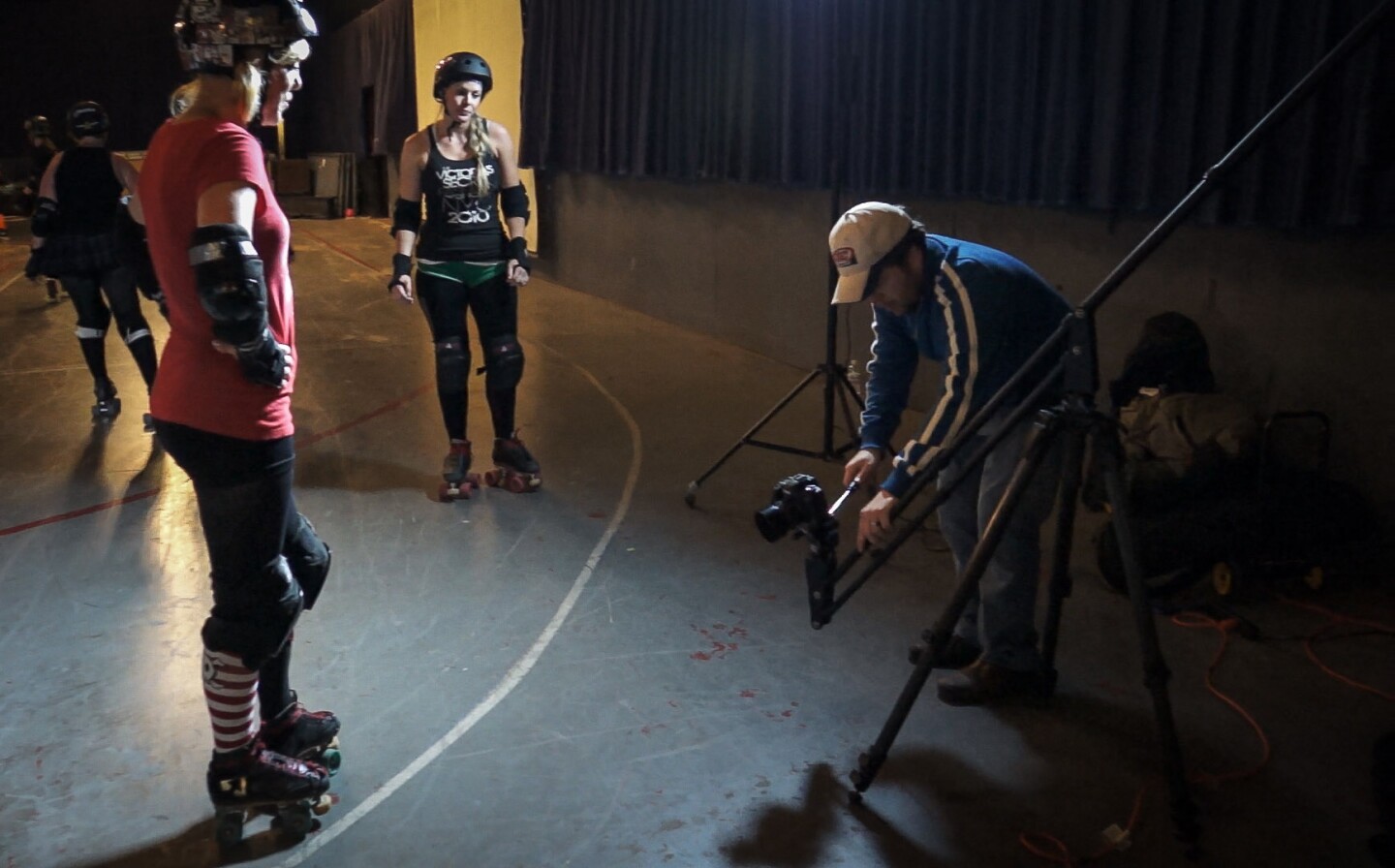

- #Best cinematography shots from the aviator skin
- #Best cinematography shots from the aviator full
- #Best cinematography shots from the aviator series
"The Aviator" is an engrossing, beautifully-directed and -acted picture that stylistically resembles the era it salutes. (One of the film's scenes is shot to resemble Fenwick, the longtime home of the Hepburn family on the Connecticut shore.) Her turn as the Yankee athletic Hepburn manages to capture the great star's distinctive New England lockjaw, weird laugh, physicality and tender side without turning her into a caricature.
#Best cinematography shots from the aviator skin
He convincingly plays Hughes as an intense, focused, vigorous man unafraid to risk wealth and skin and bone in pursuit of his high-flying goals.īlanchett is an amazement. DiCaprio, who seemed at stylistic odds with Scorsese's "Gangs of New York," here redeems his director's faith in him. But Hughes' addiction to pain medication after his crash is ignored. He was known to have stored his urine in containers, and Scorsese includes arty shots of milk bottles lined up in the room's flickering gloom. The scenes in which Hughes suffers a serious breakdown and holes himself up in a studio projection room are a bit too pretty - even in all of their messiness. Alec Baldwin does a turn as the slick but not unfeeling Juan Trippe, head of the then-monopolistic Pan-Am. Ian Holm is the climatologist Hughes hires on the set of "Hell's Angels," and he becomes another permanent fixture on the payroll. Reilly's Noah Dietrich is Hughes' longtime money manager, and Matt Ross is Glenn Odekirk, the ace airplane mechanic who implements Hughes' visions and works tirelessly to meet the standards of his boss's obsessive perfectionism.

The loyalty of those in Hughes' immediate circle is also a quiet subtext in the film. The heart of the film follows the relationships Hughes develops with Hepburn, to whom he was once engaged, and Gardner, and the manner in which Hughes' former lovers continue to look after him - and he them - following their breakups.

And reinforcing the state of mind that plagued Hughes are scenes in which the hand-washing, germophobic aviator cowers in a men's room, unable to touch the door handle to exit, or carefully makes the decision to allow Hepburn to share a drink from his bottle of milk. The flight sequences are some of the film's best and include footage of the only flight of the notorious Spruce Goose, the government-contracted aircraft with a wingspan the length of a football field that came to signify the grandeur and folly of Hughes' vision.
#Best cinematography shots from the aviator full
The film is full of swank premieres and parties, such studio stars as Hepburn, Gardner and Jean Harlow (Gwen Stefani), and the pop of old-style flashbulbs that later crunch under the feet of those walking the red carpet. He puts the ambitious but gradually more reclusive Hughes in the center of the old-time Hollywood celebrity scene. The film adheres to the pattern established early on, alternating between scenes of Hughes' creating and flying new machines, making movies and dating female superstars, with sequences in which his affliction asserts itself. There is a Freudian overtone to the scene, a psycho-sexual subtext that Scorsese alludes to but then ignores. The boy Hughes stands in a tub being bathed by his mother, a pretty woman who warns him about germs and typhus and epidemic diseases. Scorsese opens his film with a strange scene that seems designed to suggest (and which perhaps oversimplifies) the root of Hughes' psychological condition. It is a stretch of time that encompasses Hughes' courtship of Katharine Hepburn (Cate Blanchett) and later Ava Gardner (Kate Beckinsale) his setting of several flight records his 1938 aerial circumnavigation of the globe his creation of the Hercules, or "Spruce Goose" an almost fatal airplane crash and the recovery that followed and his rivalry with Pan-Am Airlines and the televised government hearings that ensued.
#Best cinematography shots from the aviator series
With the exception of the opening scene, Logan's episodic script unfolds as a series of dramatic highpoints in the period spanning Hughes' making of "Hell's Angels" to his testimony before the Senate War Investigating Committee in 1946.


 0 kommentar(er)
0 kommentar(er)
